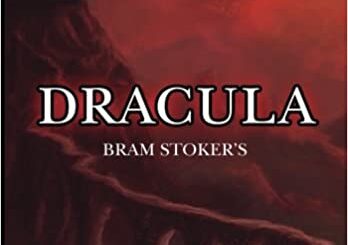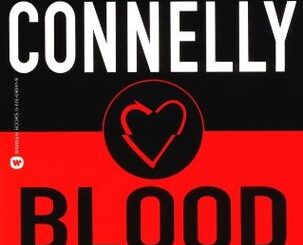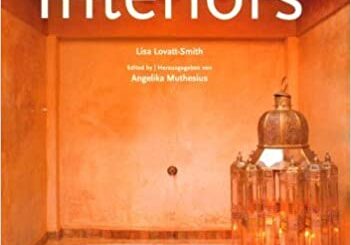Raymond Chandler, The Mystery Writer’s Mystery Writer
As a writer of mystery novels, I occasionally attend book conferences, events with names like “Bouchercon” and “Left Coast Crime” where big authors such as Sue Grafton and Elmore Leonard hold forth to auditoriums full of less famous authors about the fine points of style, and getting an agent, and working the right sorts of forensic detail into your plot.
The events vary, but one fact remains the same: Wherever professional mystery writers gather, the name Raymond Chandler always emerges in the awed tones people take when they speak about a god. Almost everyone agrees that Chandler remains the best American writer of the genre, the poet laureate of murder and lowlife, who defined his particular California territory, 1940’s Los Angeles, with unequaled skill. It isn’t his plots that people remember, though they weren’t bad; it’s the sheer glory of his prose. “Chandler writes like a slumming angel,” said Ross Macdonald, not a bad author himself, though he owed more than a small debt to the master’s influence. A half century later, most of us are still laboring in the stylistic shadow of Philip Marlowe, the noir, ironic private eye who is perhaps not as famous as Dashiell Hammett’s Sam Spade, but much better written.
Raymond Chandler was born in Chicago in 1888, but this most American of writers grew up in England where he went to school and later worked as a journalist. Like Hemingway, Chandler got his real education during World War 1, where he served in France. He returned to the United States in 1919, settled in California as a business man, and didn’t write his first novel, The Big Sleep (ISBN: 0-394-75828-5) until he was 51. He made up the best he could for lost time, finishing The Big Sleep in three months. Still, because of his late start, he produced only a slim outpouring of work, three further masterpieces that followed in quick succession: Farewell, My Lovely (ISBN: 0-394-75827-7), The High Window (ISBN: 0-394-75826-9), and The Lady in the Lake (ISBN: 0-394-75825-0).
It was Hemingway who invented the stripped-down prose that launched the hard-boiled school of American writing, but Chandler had more of an ear for language (perhaps from his British schooling – all that Shakespeare and Dickens), and he ended up taking the simple, didactic sentence to new levels. Take this, for instance, a description of entering a client’s house from The High Window: “I went in. The room beyond was large and square and sunken and cool and had the restful atmosphere of a funeral chapel and something of the same smell. . . . an old musty, fusty, narrow-minded, clean and bitter room. It didn’t look as if anybody ever sat in it or would ever want to.”
Few American writers ever wrote with such poetry and precision. There’s no denying the fact that many aspects of Chandler’s work appear dated from the vantage point of 2002, particularly when he comes to flirting – Marlowe has a sharp, facetious repartee with the ladies that reads more than a little sexist today. Nevertheless, if you allow for the fact that these books come to us from a very different time, they are so much better written than what we generally see from current mystery writers, that you may never want to rejoin the present.
My advice is to start with The Big Sleep and continue through them in order. The journey through 1940s L.A. may feel at times like an old black and white movie, very Bogart and Bacall, but the atmosphere and the language are all the fun.
- National Epilepsy Day 2023:Common Signs And Symptoms - November 17, 2023
- Top 10 Cosmetic Packaging Designers in the USA - April 12, 2023
- Luxury Website Designers: The Ultimate Guide to Creating a High-End Website - April 10, 2023


